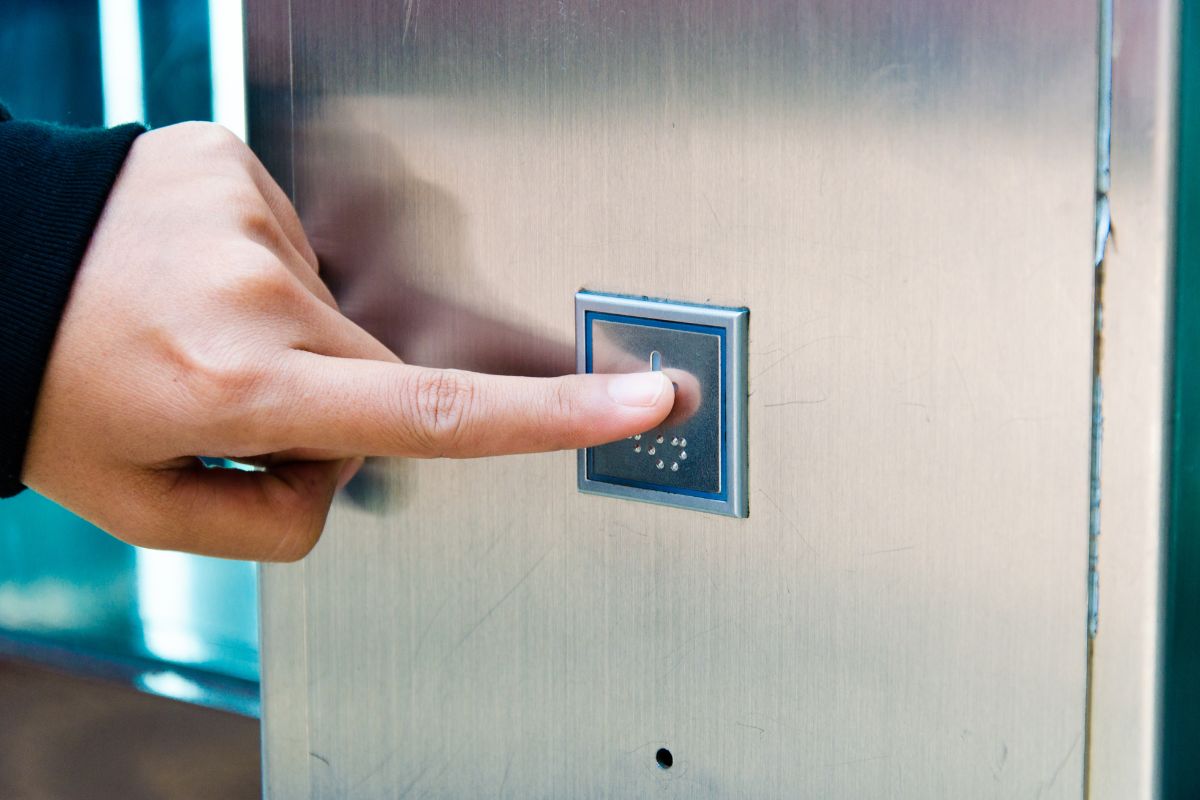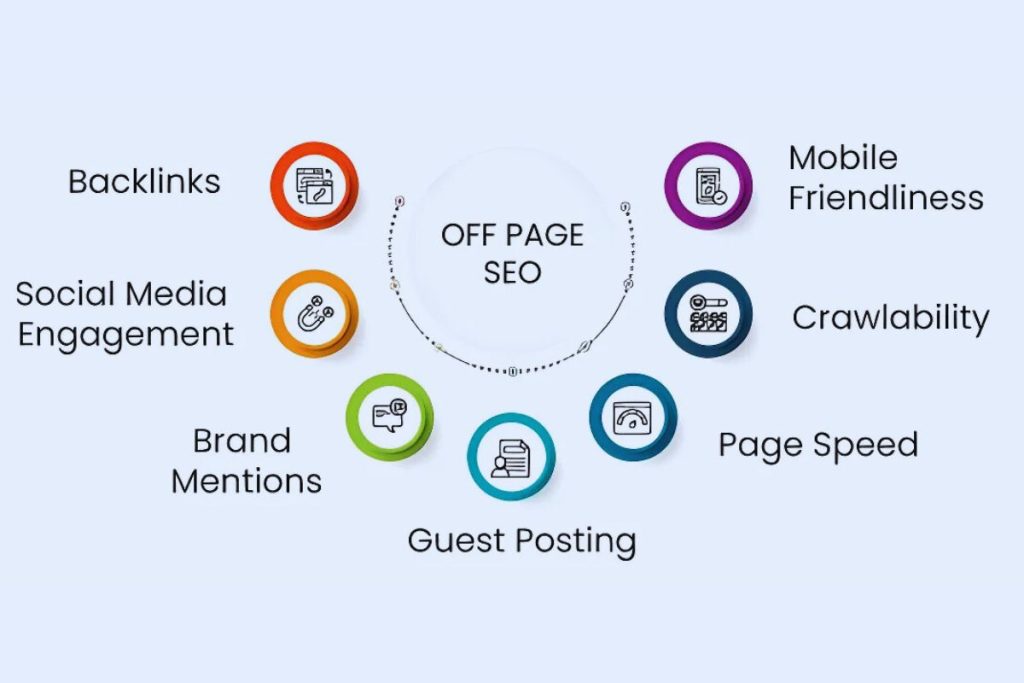


The concept of home elevators is rapidly evolving from a luxury amenity into a mainstream feature in modern living spaces. As the world grapples with demographic changes, technological advancements, and shifting lifestyle preferences, the future of home elevators appears brighter and more integrated into our daily lives than ever before. In this blog, we will explore how these changes are shaping the future of home elevators, focusing on convenience, technology, design, and sustainability.
Historically, elevators were seen as a symbol of opulence, reserved for the affluent or for commercial buildings. However, today’s demographic and social shifts are making home elevators a practical addition for a wide range of households. Aging populations and increased emphasis on accessibility are driving the demand for residential elevators. Families with elderly members or those with mobility challenges are increasingly considering home elevators not just as a luxury, but as a necessity.
Moreover, as urban spaces become more compact, homeowners are looking upwards, adding multiple levels to their homes. This shift is making elevators an essential feature, not only for convenience but also for maximizing the usable space.
The future of home elevators is being shaped significantly by technological advancements. Smart home technology is becoming intertwined with home elevators, leading to features like voice control, remote monitoring, and advanced safety systems. These features enhance the user experience by making elevators more accessible, safer, and more integrated into the home’s ecosystem.
Additionally, innovations in elevator mechanics, such as vacuum or pneumatic systems and cable-free designs, are making home elevators more energy-efficient, quieter, and easier to install in existing homes without the need for extensive remodeling.
The modern homeowner values aesthetics just as much as functionality. The future of home elevators sees them not only as a means of moving between floors but also as an integral part of a home’s design. Customizable options in terms of materials, lighting, and size allow elevators to blend seamlessly into the home’s interior, complementing its architectural style and enhancing overall property value.
Glass elevators, panoramic designs, and minimalist aesthetics are becoming popular, transforming elevators from purely functional elements into focal points of home design.
Sustainability is a growing concern in all aspects of construction and home design, including home elevators. The future of residential elevators is leaning towards eco-friendly options that use less energy, have lower operational costs, and utilize sustainable materials. Innovations like regenerative drives, which can generate power on the descent, are making home elevators more energy-efficient.
Safety remains a paramount concern, with new elevators being equipped with advanced features such as automatic rescue devices, earthquake and fire sensors, and improved emergency communication systems. These enhancements ensure that home elevators are not only comfortable and convenient but also safe for all users.
As home elevators become more common, regulations surrounding their installation and maintenance are evolving. This is leading to standardized safety measures and making elevators more accessible to a wider range of homeowners. Government incentives and changes in building codes are also making it easier and more affordable to install home elevators, thus encouraging their adoption.
Furthermore, the focus on accessibility is leading to designs that accommodate wheelchairs and other mobility devices, ensuring that everyone can use them comfortably and safely.
In addition to the overarching trends shaping the future of home elevators, there’s a growing emphasis on personalization and enhancing the user experience. Homeowners are increasingly looking for solutions that are not only functional but also personalized to their specific needs and stylistic preferences. This shift is leading to the development of more customizable elevator options, allowing users to select from a variety of finishes, colors, and materials to match their home’s decor.
The user experience is further enhanced by the integration of artificial intelligence and machine learning technologies. These advancements are making home elevators smarter, able to learn from user behavior, and adjust operations accordingly for increased efficiency and convenience. For instance, a smart home elevator can predict the user’s routine and have the elevator ready at the correct floor at the right time, reducing wait times and energy consumption.
Moreover, as the concept of wellness continues to influence home design, we are beginning to see the integration of health-focused features into home elevator systems. Air purification systems, germ-resistant surfaces, and mood-enhancing lighting are just a few examples of how home elevators are evolving to contribute to the overall wellbeing of residents.
The future of home elevators is intertwined with the evolution of modern living. As our living spaces, demographics, and technological capabilities change, so too does the role of elevators in our homes. They are transitioning from luxury items to essential features that enhance accessibility, convenience, and lifestyle.
Innovations in technology, design, and sustainability are making home elevators more attractive, affordable, and integrated into residential environments. As we look towards the future, it is clear that home elevators will play a crucial role in shaping modern living, making homes more comfortable, accessible, and future-proof.
The rise of home elevators represents a blend of luxury and necessity, reflecting the changing needs and preferences of contemporary homeowners. As we continue to innovate and adapt, the future of home elevators looks promising, offering enhanced living experiences for individuals and families across the globe.
Nibav lifts is the best home elevator company in Kuala Lumpur. We make people's home lift journeys safer, more convenient, and more reliable by building a vacuum home lift.
View all of home lifts's posts.Sign up to receive our email, delivering the latest stories straight to your inbox.

